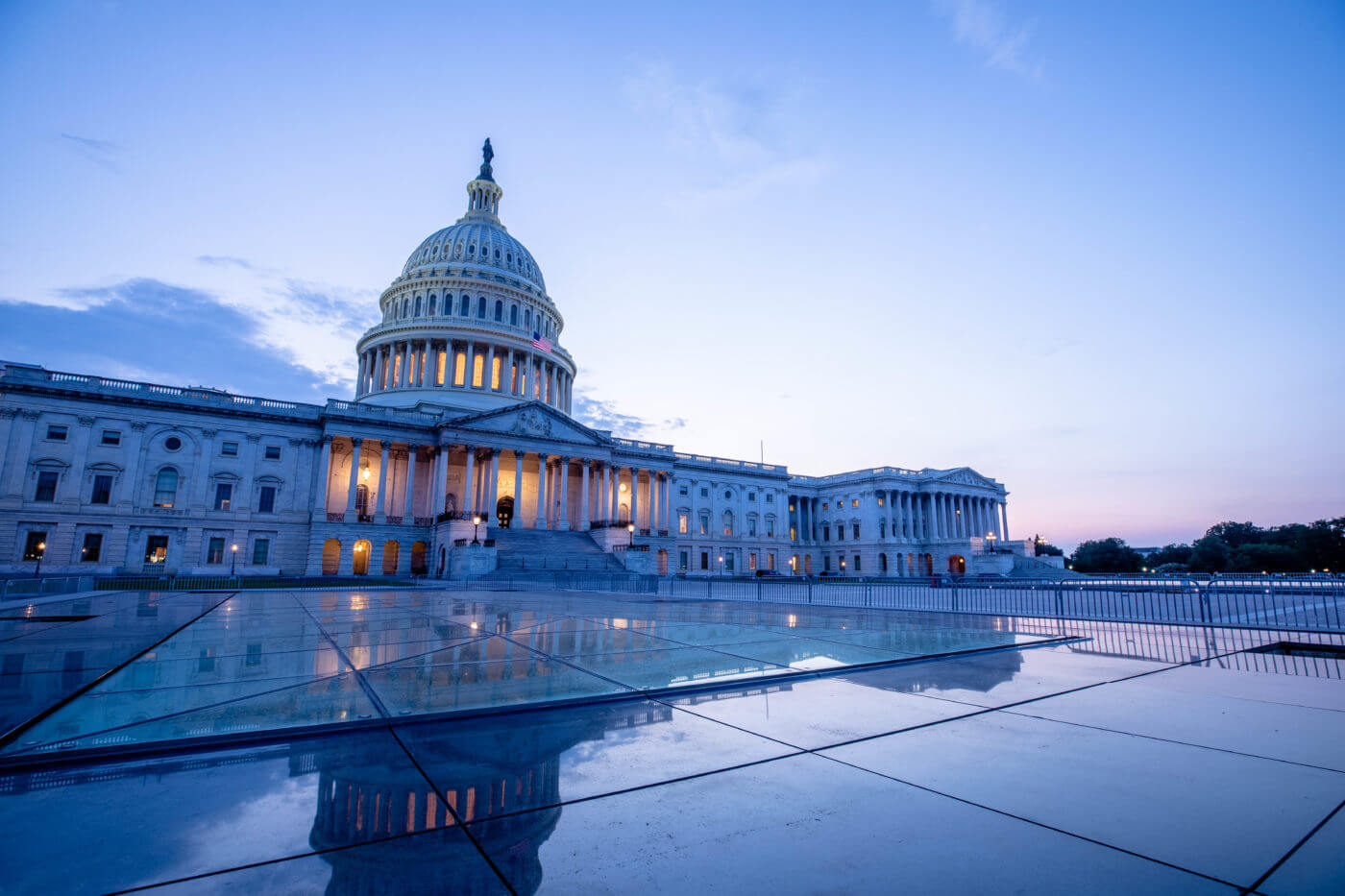
Making sense of the clean energy legislative solutions
Scaling up very low- and zero-carbon energy is vital to realizing long-term carbon neutrality goals. However, energy systems must balance a complex set of factors to support the different segments of the economy in ways that are reliable and affordable. Technologies like renewable energy and battery storage are cornerstones of the power sector solution set, but they are not the end of the clean energy story.
In order to reach climate goals in a way that supports a well-functioning economy means we need clean energy resources that can deliver power when needed, 24 hours a day, 7 days a week, in all seasons of the year. It also means ensuring viable solutions to address sectors that still lack commercial climate solutions such as long-haul freight transportation and heavy industry. Clean energy legislation this year is critical to jumpstart investments in the fuller set of solutions required to meet climate and energy goals.
Clean energy legislation can take different forms. Some legislative proposals mandate specific clean energy production goals using a regulatory approach. Such “clean energy standards” draw from approaches used successfully in many states. An example is included in the Clean Electricity Standard subtitle of the CLEAN Future Act sponsored by Representative Frank Pallone (D-NJ), which calls on retailers to hold zero-emission electricity credits for a growing percentage of the electricity consumed by its customers each year.
Others use systems of financial incentives and disincentives to encourage progress in scaling up clean energy investments. An example is the Clean Electricity Payment Program (CEPP) sponsored by Senator Tina Smith (D-MN). The House Energy and Commerce Committee passed the Clean Electricity Performance Program (CEPP) as the first part of “Subtitle D–Energy” of the Build Back Better Act. Here’s a CATF explainer on the CEPP.
Still others seek to build upon existing clean energy tax credits. An example is the Energy Sector Innovation Credit (ESIC) Act co-sponsored by Senators Mike Crapo (R-ID) and Sheldon Whitehouse (D-RI).
Any of these approaches, if designed well, could stimulate investments in the range of technological solutions needed to meet the climate challenge. Some of these bills enjoy bipartisan support.
Some key attributes we look for in a well-designed clean energy solution include:
- Technology neutrality. The approach should encourage the full set of zero- and near-zero- carbon energy solutions, not just those that are already operating commercially. Eligible technologies should include advanced nuclear energy; carbon capture utilization and storage; clean hydrogen; and newer innovations like super hot rock geothermal. Existing at-risk nuclear also requires incentives to prevent premature retirement of crucial clean energy units.
- Creates sufficient incentives. The clean technologies needed to reach carbon neutrality are at different stages of development. Those at earlier stages will need higher per-kilowatt hour incentives to bridge the gap with uncontrolled thermal energy. Whichever approach is selected, the design should create bankable incentives for a diverse set of firm clean energy resources.
- Avoids barriers to participation. The approach should avoid creating unnecessary hurdles to participation. For example, conventional tax credits require the applicant to either have a tax obligation or partner with a financial entity capable of using the incentive. In the latter case, a portion of the credit value is siphoned off and is no longer available to support the clean energy investment. For programs that use a tax credit, it is essential to include a direct payment option that allows the full value of the credit to be utilized regardless of tax obligation.
- Benefits all communities. Clean energy solutions can bring additional benefits like good-paying jobs and cleaner air. Accordingly, the legislation should allow all communities to benefit from clean energy investments, including communities that may face higher barriers.
Beyond these basic design considerations, some proposals are being evaluated using electricity modeling platforms which will provide additional insights on the design of these clean energy policies. As such studies become available, they are expected to shed light on relative impacts, including the types and locations of clean energy investments and on emissions and costs.


